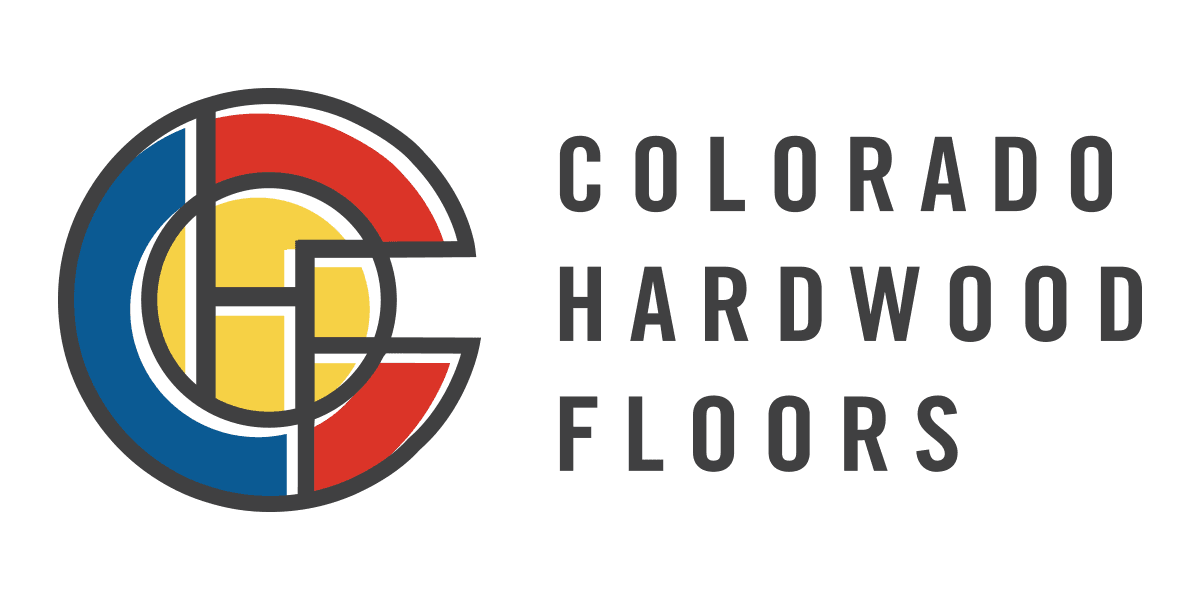Interior design in general and hardwood flooring in specific are susceptible to going through different trends. Typically, what happens is some designer and/or company begins doing something new. Then, customers see it and start asking for it. Other companies begin imitating the style to please their customers. Soon, you have a full-blown trend. That’s what has happened with true black. For a long time, muted colors were very popular. Grays, tans, and browns grew in popularity for a long time. Greige became the most popular color for a while, as well. Greige is a blend of gray and beige. Finally, the trend has come to its fruition. True black is surging in popularity.
What is True Black?
True black is exactly what it sounds like. True black is black that does not have influences from other colors. Black is thought of as one color, but in reality, it’s more of a spectrum of colors. There are cool blacks that trend towards very dark blues. There are warm blues that trend towards very dark red. True black, however, is completely black. It does not have any influences from other colors. It is the darkest possible color and the purest possible black. This is often achieved by several applications of true black stain.
True black began as a small movement, but it has been growing. Many customers are choosing true black for several reasons.
Why Choose True Black?
The first and most obvious reason to choose true black is because you want your floor to be black. Black goes well with just about any other color. You can offset your true black floor with bright colors on the walls and ceilings as well as bright furniture. You can also complement your true black with muted colors to create a generally muted look.
You can also choose true black for practical purposes. True black is often used when customers have damaged floors or when they have floors made of many different types of hardwood. Hardwoods, even the same species of hardwood from different batches, can be very diverse in their color and grain. If your floor planks don’t match, you can easily make them match by staining them true black. The richness of the stain will hide most differences. Furthermore, you can hide damage. For example, if the hardwood is scratched or stained, true black will cover those imperfections.
There are practical as well as aesthetic reasons that true black is the most popular hardwood flooring color for 2020. There are several exciting ways to get on this trend.
